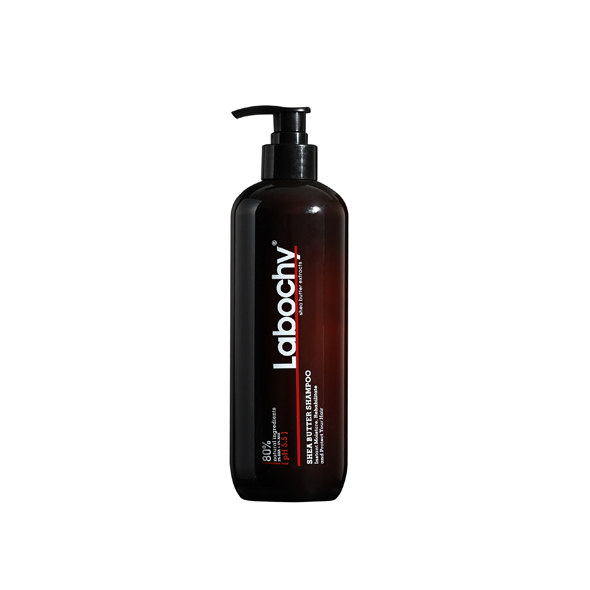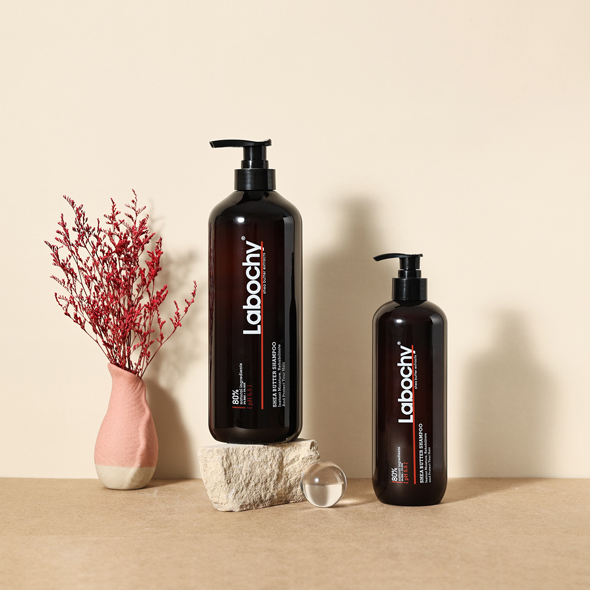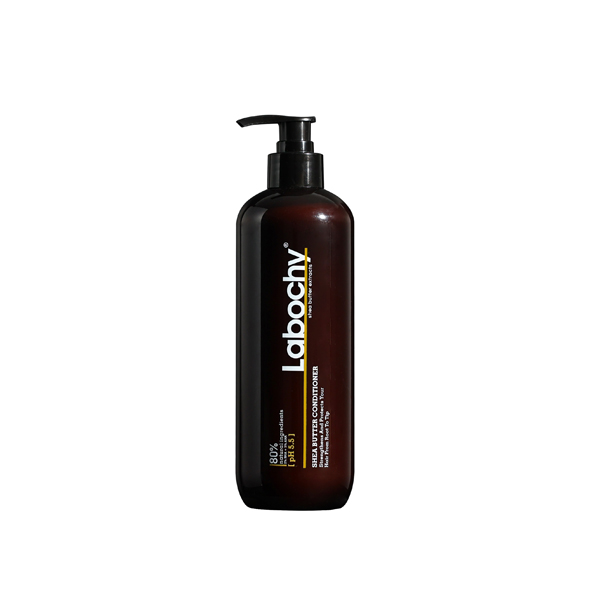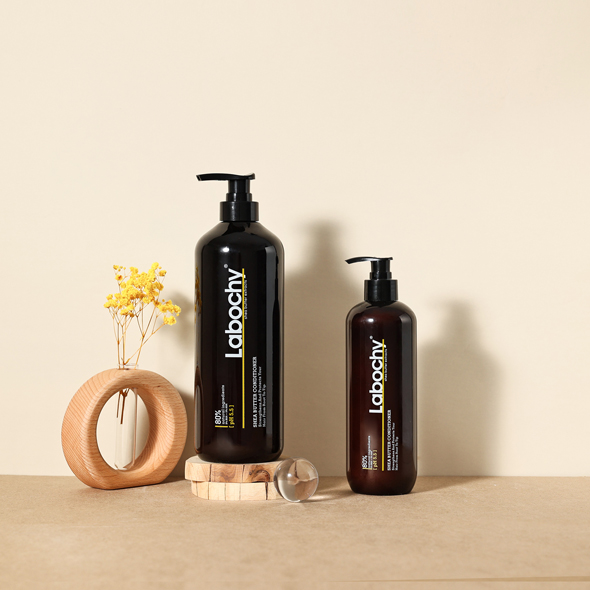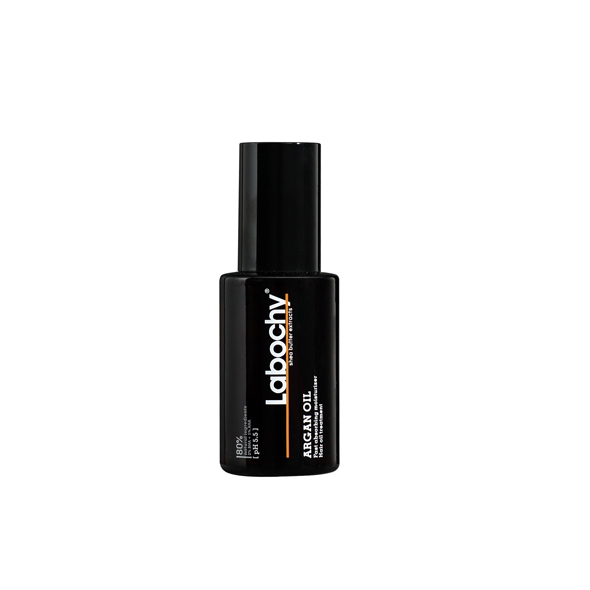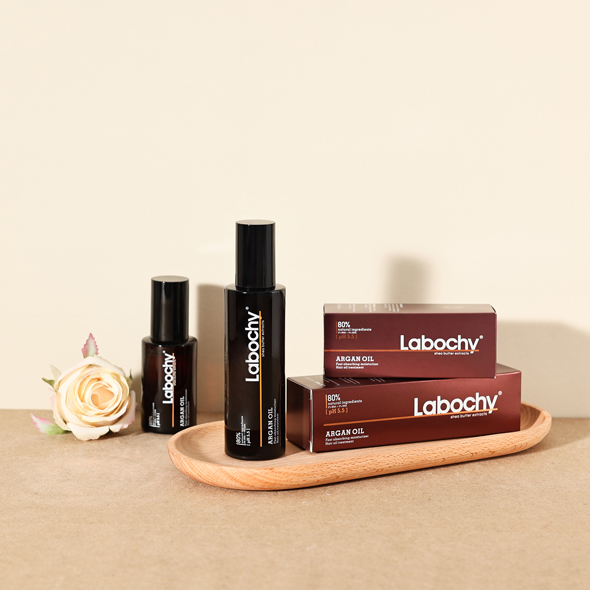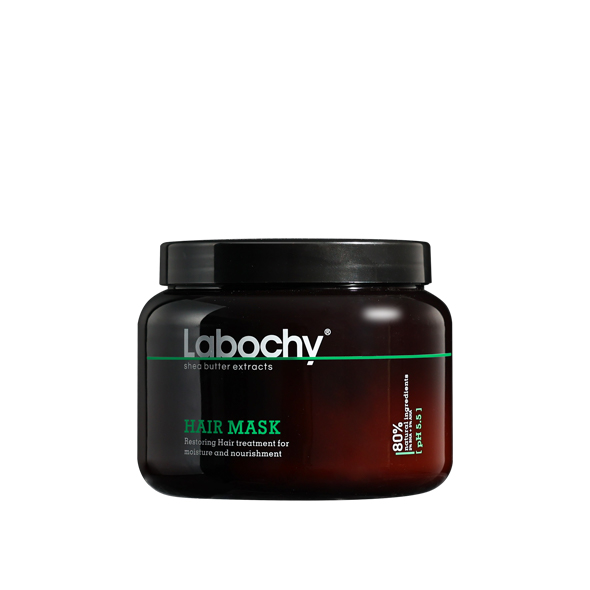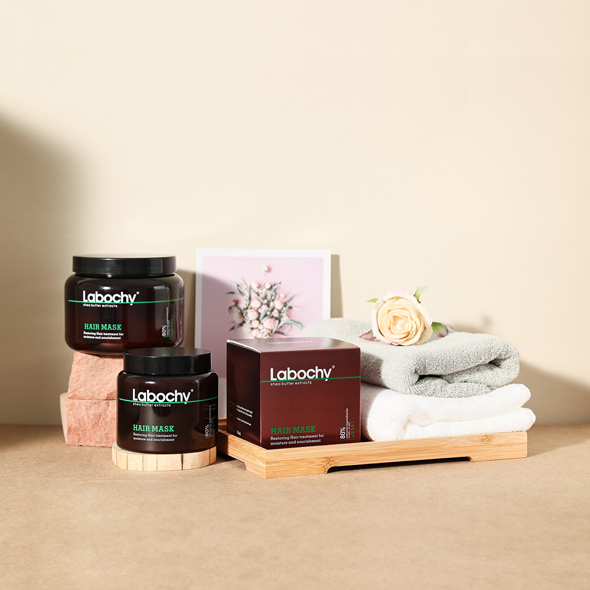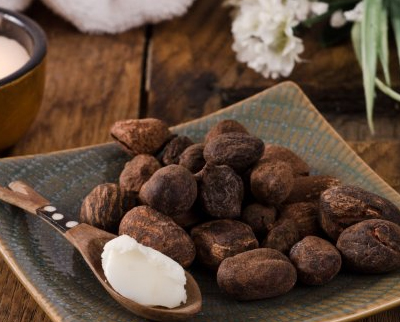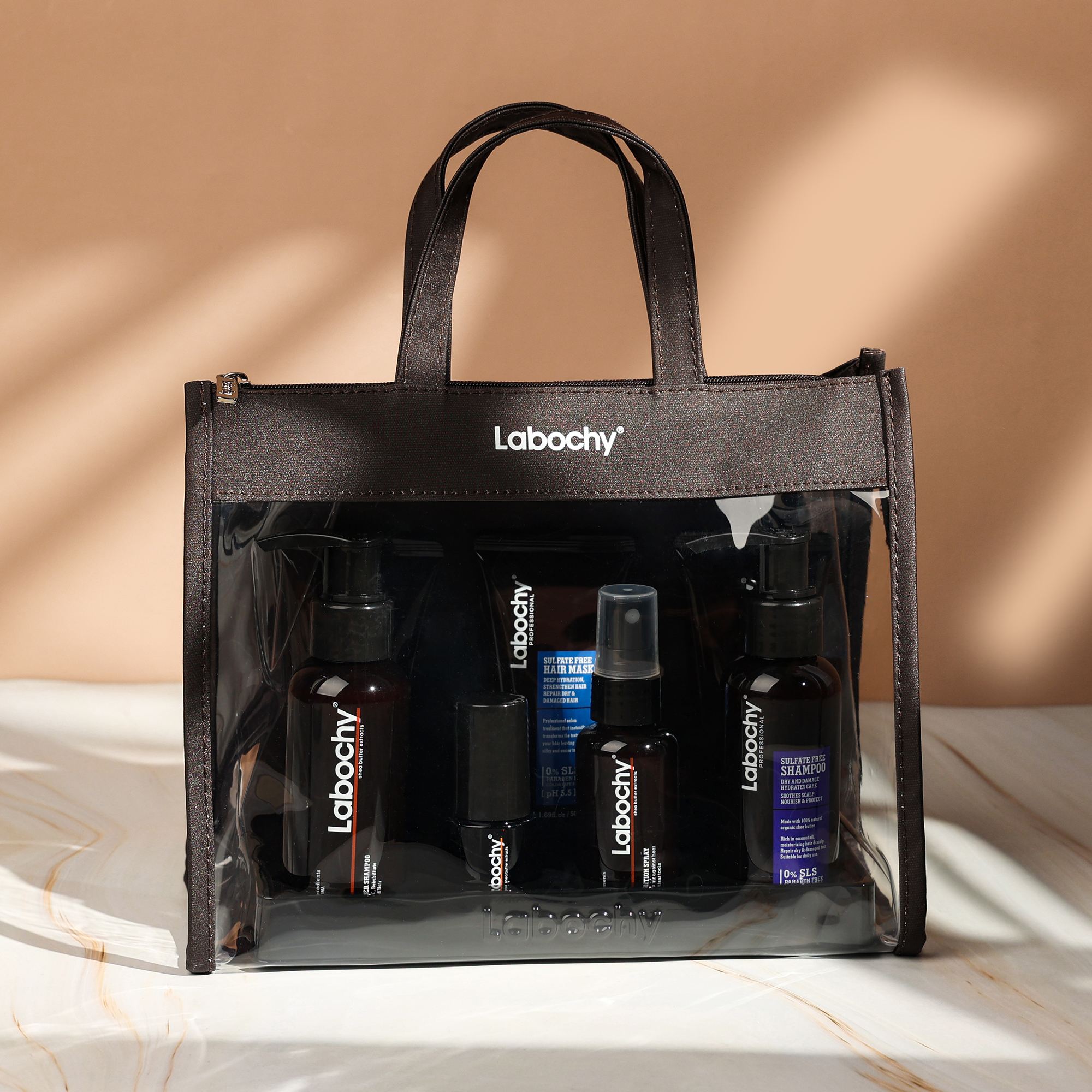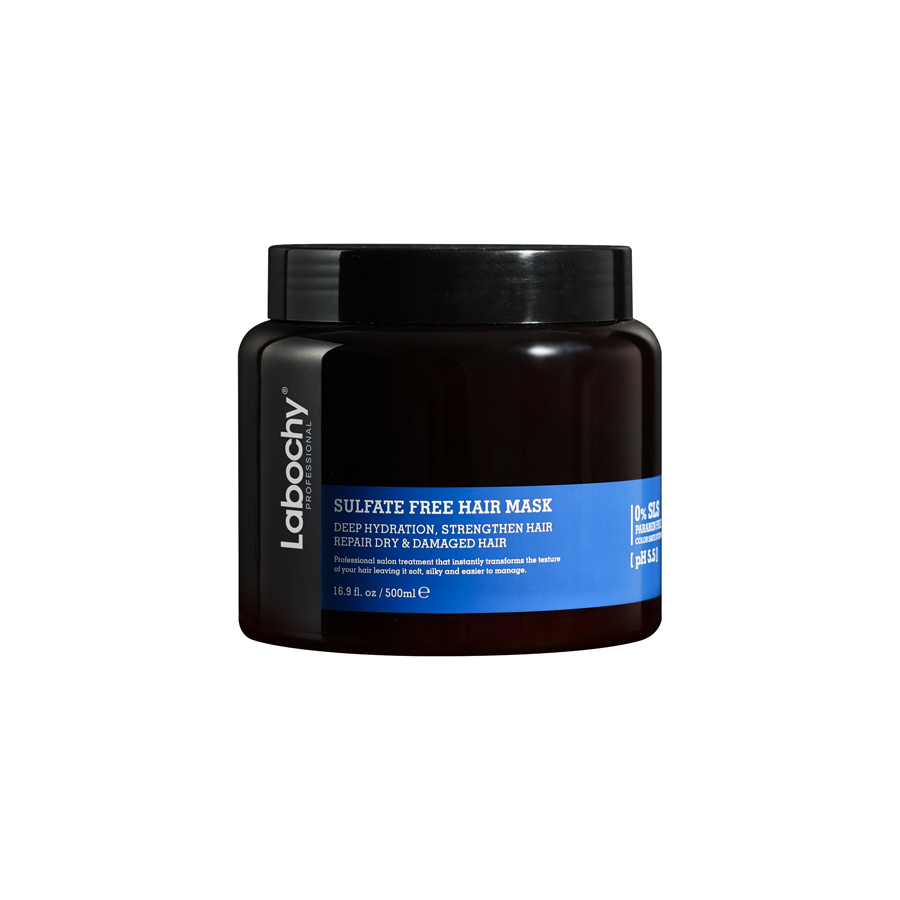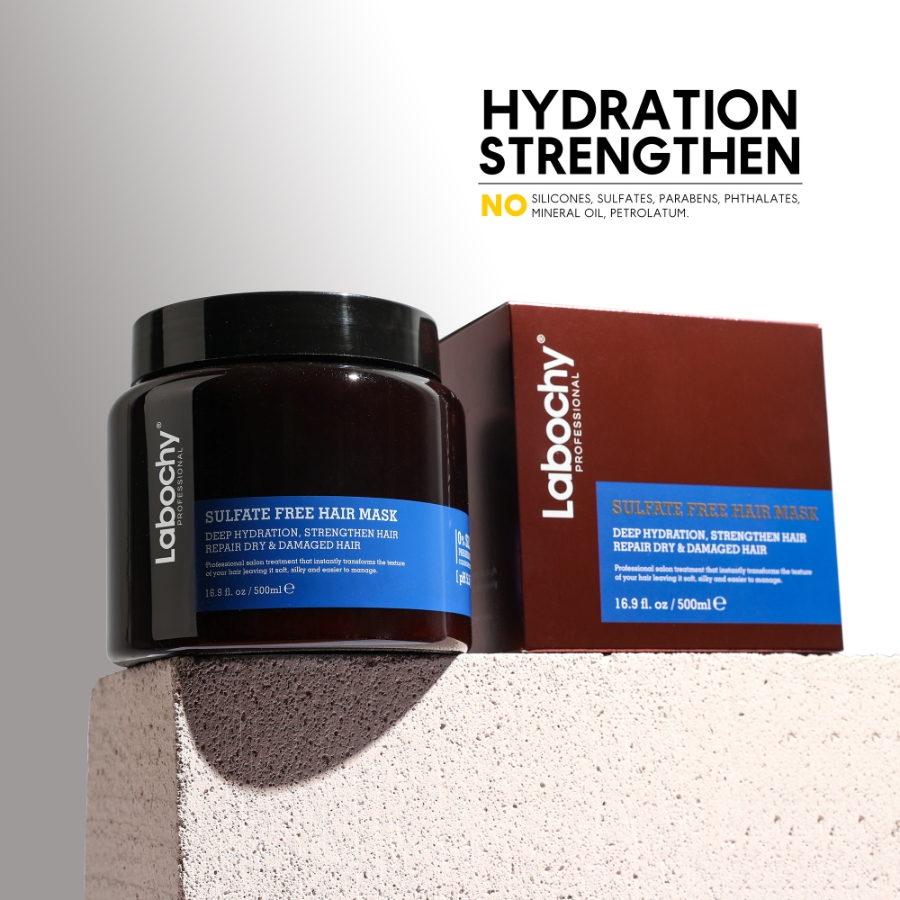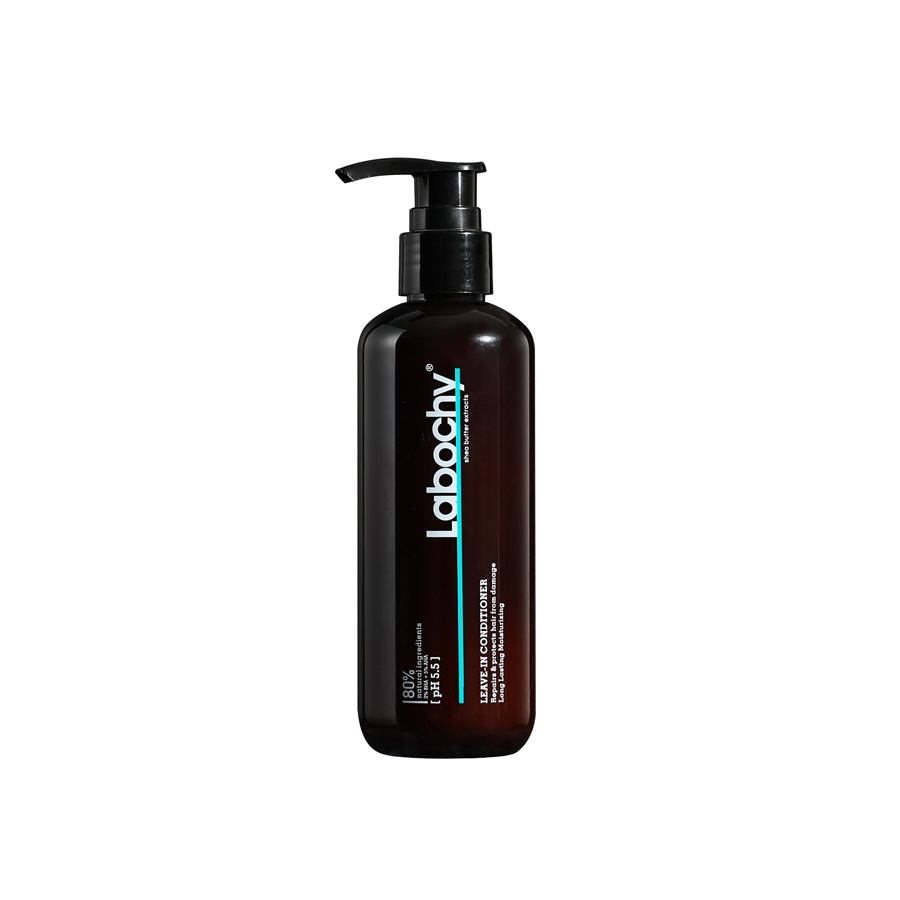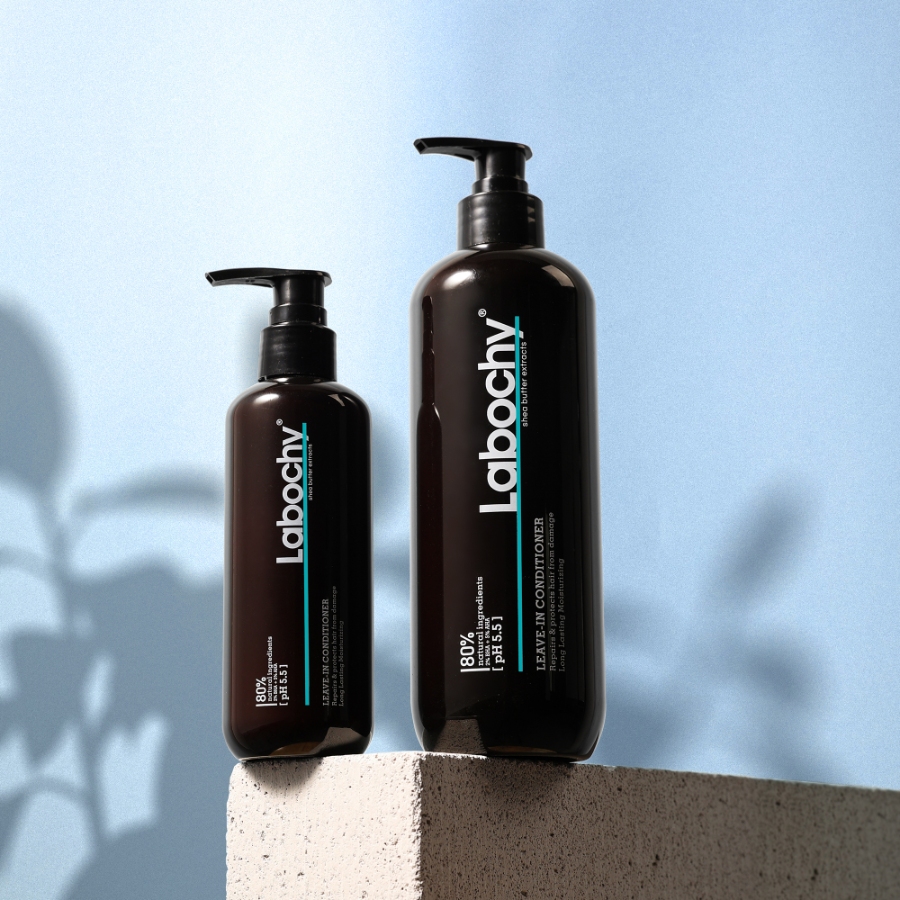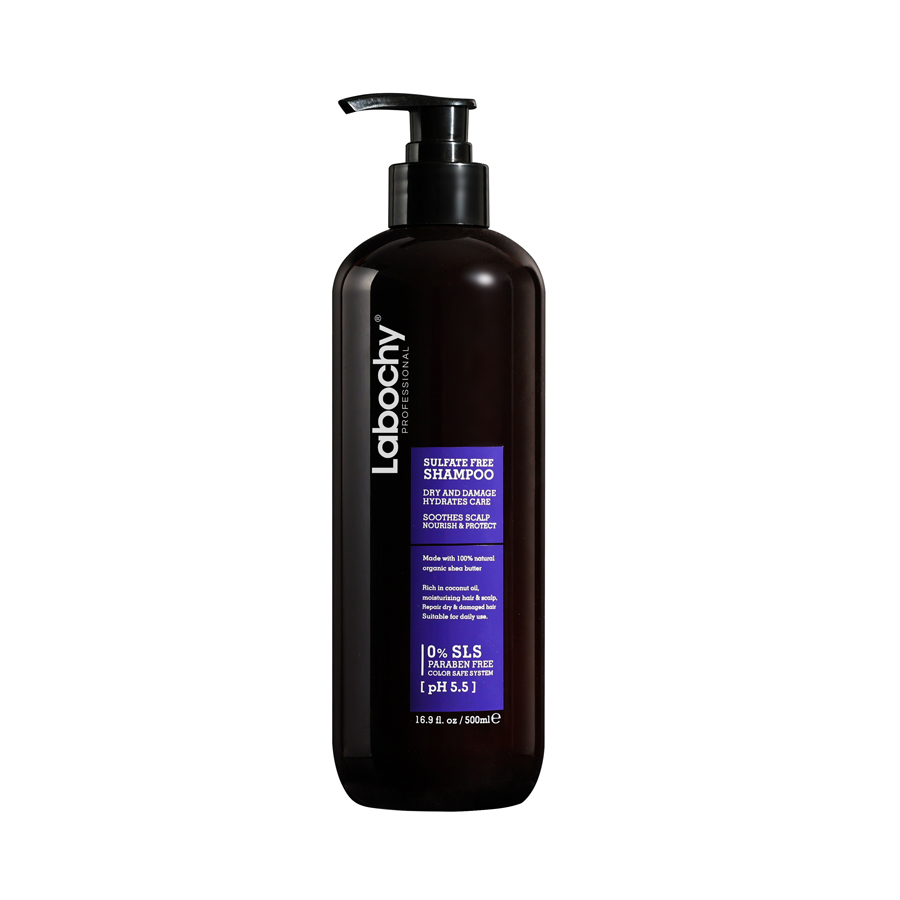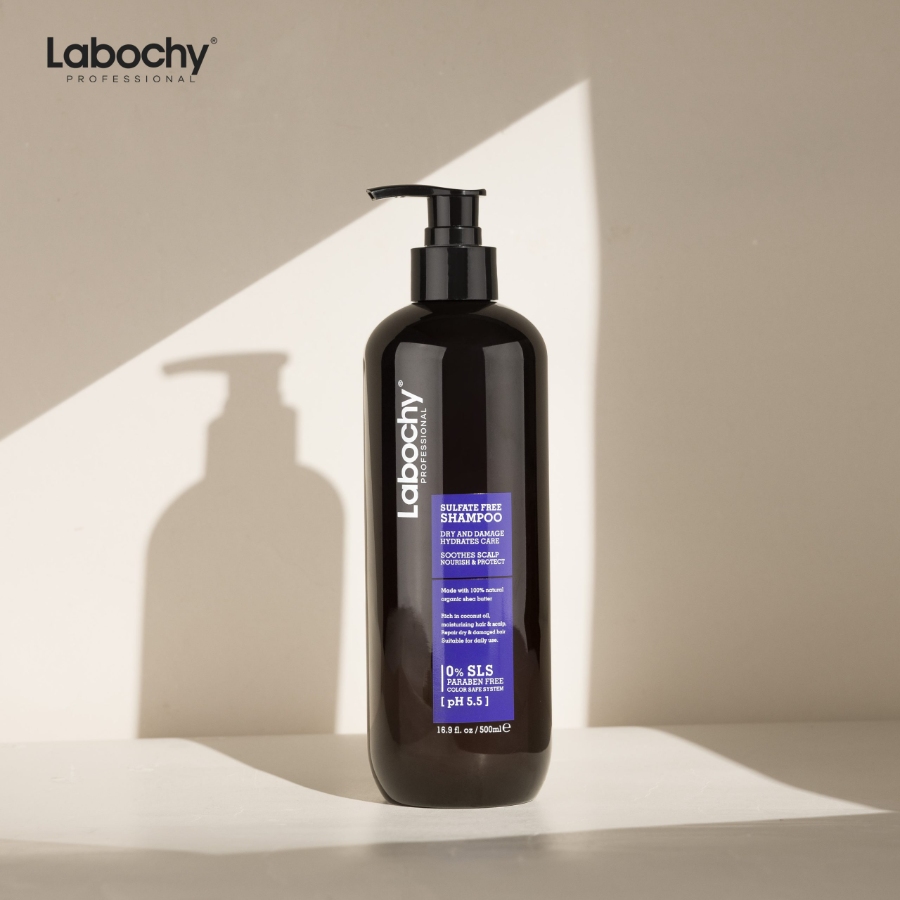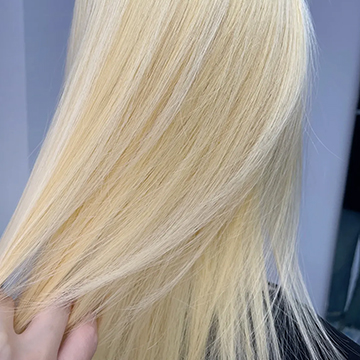
Bleaching hair is a popular trend that allows individuals to experiment with different shades, from platinum blonde to vibrant pastel colors. However, while the allure of a new look is strong, it’s crucial to understand the impact of bleaching on your hair. This blog post will delve into the effects of bleaching, the science behind the process, and the essential precautions you should take to minimize damage.
The Science Behind Bleaching
Hair bleaching involves the use of strong chemicals, primarily hydrogen peroxide and ammonia, to strip the hair of its natural color. Here’s a brief overview of how the process works:
1.Oxidation: Hydrogen peroxide acts as an oxidizing agent that breaks down the natural pigment (melanin) in your hair. The higher the concentration of peroxide, the lighter your hair becomes.
2.Ammonia: This compound helps to open up the hair cuticle, allowing the hydrogen peroxide to penetrate the hair shaft more effectively.
3.Reaction Time: The longer the bleaching agents remain on the hair, the lighter the hair will get. However, prolonged exposure increases the risk of damage.
The Effects of Hair Bleaching
1.Damage to the Hair Shaft: The bleaching process opens up the hair cuticle, allowing the chemicals to penetrate the cortex and dissolve the melanin. This action weakens the hair shaft, making it more susceptible to breakage, split ends, and a rough texture.
2.Loss of Moisture: Hair cuticles help retain moisture. When they are disrupted during bleaching, the hair loses its ability to hold onto moisture, leading to dryness and brittleness.
3.Altered Hair Texture: Bleached hair can feel rough and less manageable. This change is due to the cuticle layers being lifted and the natural protective oils being stripped away.
4.Porosity Increase: Bleaching increases hair porosity, meaning the hair absorbs and releases moisture more quickly. High porosity hair can be difficult to manage as it may become frizzy and tangle easily.
5.Elasticity Reduction: Healthy hair has a certain degree of elasticity, allowing it to stretch and return to its original shape. Bleaching can reduce this elasticity, making the hair more prone to snapping under tension.
Precautions Before Bleaching
1.Hair Health Assessment: Before bleaching, evaluate the condition of your hair. If your hair is already damaged, brittle, or excessively dry, it’s advisable to postpone bleaching until it’s healthier.
2.Patch Test: Conduct a patch test to check for allergic reactions to the bleaching chemicals. Apply a small amount of the bleach mixture to a discreet area of your skin and
3.Deep Conditioning: Prepare your hair by deep conditioning it regularly in the weeks leading up to the bleaching session. This step helps to strengthen and hydrate the hair, minimizing damage.
4.Professional Consultation: If possible, consult with a professional hairstylist. They can assess your hair’s condition, recommend appropriate products, and guide you through the bleaching process safely.
Precautions During Bleaching
1.Follow Instructions: Whether you’re bleaching your hair at home or having it done professionally, ensure that the instructions on the product packaging are followed precisely. Incorrect application can lead to uneven results and increased damage.
2.Monitor the Process: Keep a close eye on your hair during the bleaching process. Over-processing can cause severe damage. If you notice excessive burning or discomfort, rinse the bleach out immediately.
3.Avoid Overlapping Applications: When touching up roots, avoid applying bleach to already-bleached hair. Overlapping applications can cause significant damage and breakage.
4.Protect Your Scalp: Apply a protective barrier, such as petroleum jelly, around your hairline and ears to prevent skin irritation from the bleach.
Post-Bleaching Care
1.Gentle Cleansing: Use a sulfate-free shampoo and conditioner to cleanse your hair. Sulfates can strip away natural oils, exacerbating dryness and damage.Our Labochy sulfate free series is suitable for bleached hair
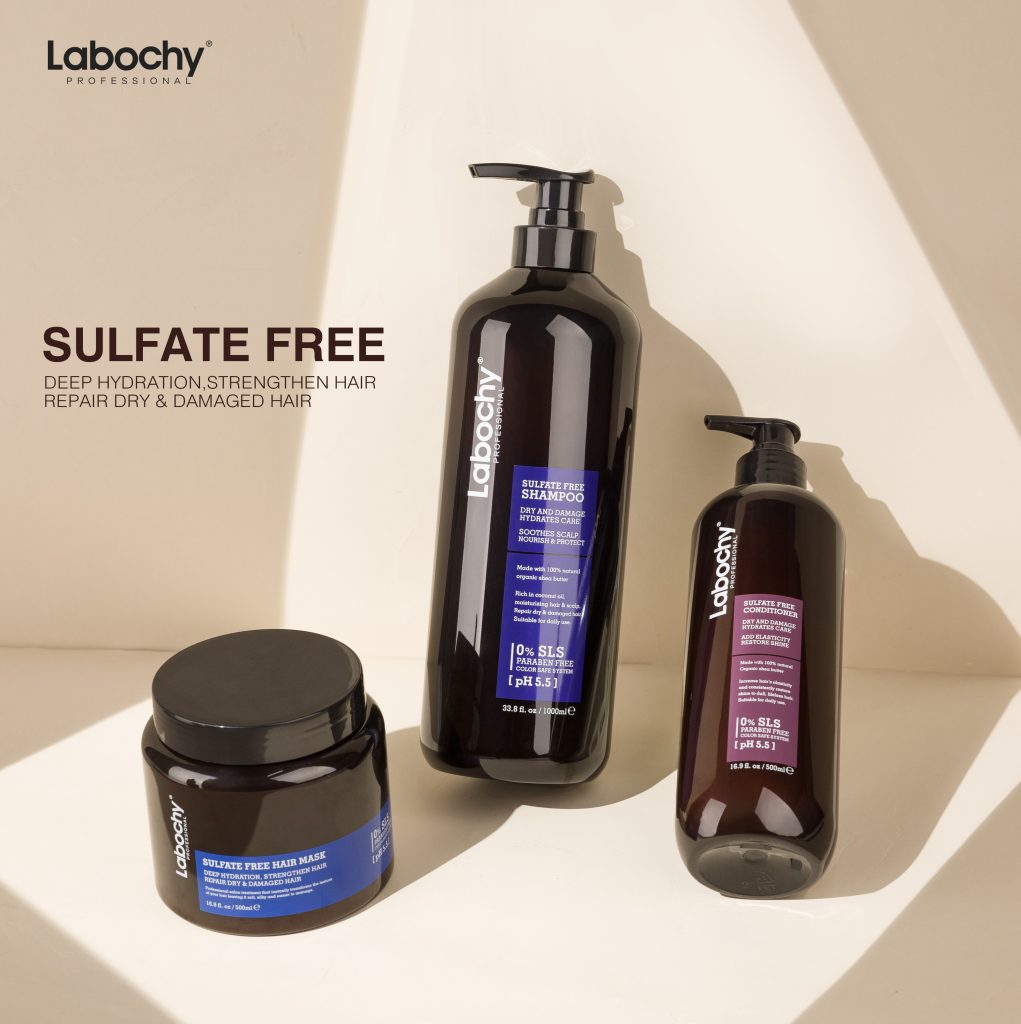
2.Moisture and Protein Treatments: Incorporate deep conditioning treatments and protein masks into your hair care routine. These treatments help to restore moisture and strengthen the hair shaft.
Hair masks are a fantastic way to give your hair the extra nourishment and care it needs to stay healthy, shiny, and manageable. Whether you’re dealing with dryness, damage, or simply want to maintain your hair’s natural beauty, incorporating hair masks into your routine can make a significant difference.
3.Avoid Heat Styling: Minimize the use of heat styling tools, such as blow dryers, curling irons, and flat irons. If you must use them, apply a heat protectant spray to shield your hair from further damage.
4.Regular Trims: Schedule regular trims to remove split ends and prevent further breakage. Trimming also helps to maintain the overall health and appearance of your hair.
5.Protect from Environmental Factors: Protect your hair from harsh environmental factors such as UV rays, chlorine, and saltwater. Wear a hat or use hair products with UV protection when spending time outdoors.
6.Hydrating Products: Use leave-in conditioners, oils, and serums designed for chemically treated hair. These products provide additional moisture and help to smooth the hair cuticle.
Conclusion
Bleaching can transform your look, giving you the light, vibrant hair color you desire. However, it is crucial to understand the potential impact on your hair’s health and take the necessary precautions to minimize damage. By assessing your hair’s condition, following the correct procedures, and maintaining a rigorous post-bleaching care routine, you can enjoy beautiful, bleached hair while keeping it as healthy and resilient as possible.
If you’re considering bleaching your hair, always prioritize its health. Consulting with a professional stylist and investing in quality hair care products will go a long way in preserving the beauty and integrity of your hair.
YOU MAY ALSO LIKE

100% Official & Genuine
SMOOTH HAIR SPEAKS LOUDER THAN WORDS-

Australia's Raw Materials
Safe And Effective
-

Shea Butter
Natural Formula
-

Contact Us


